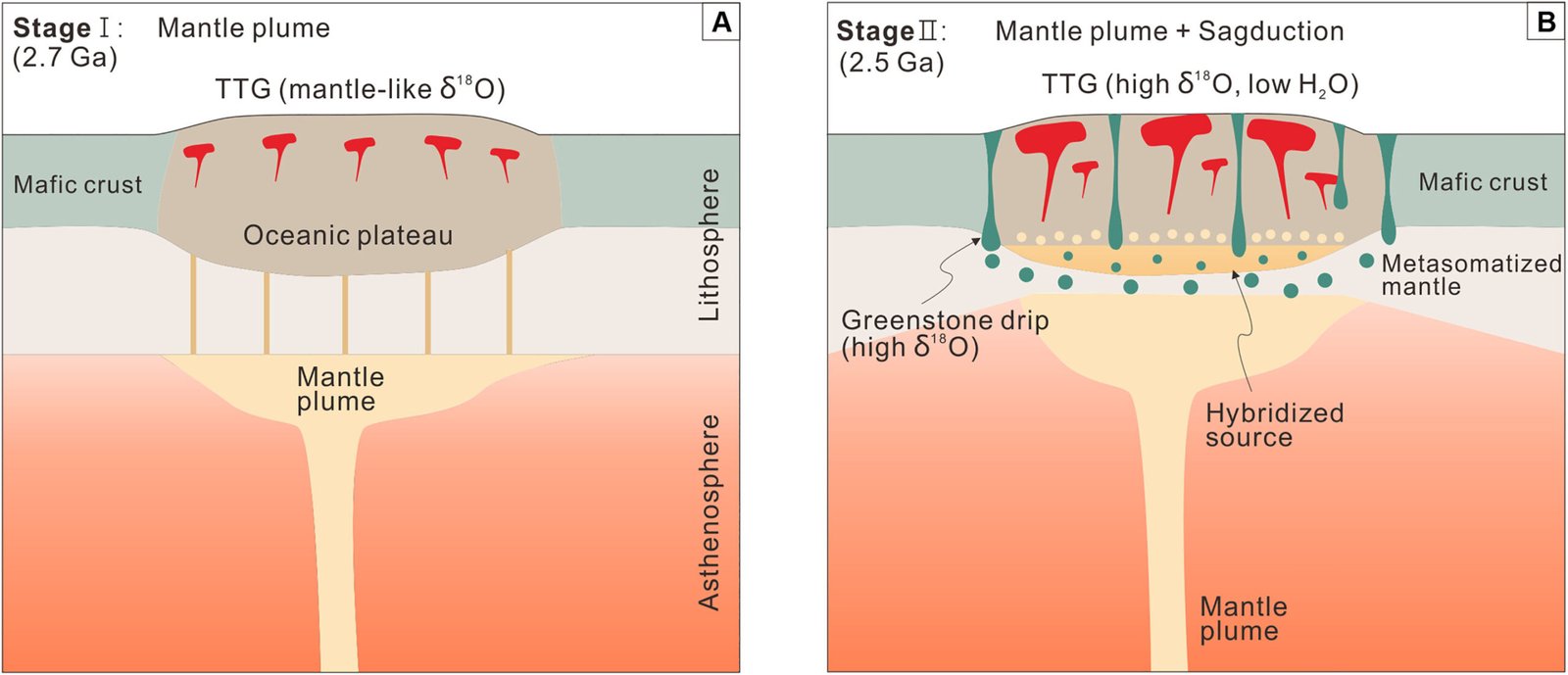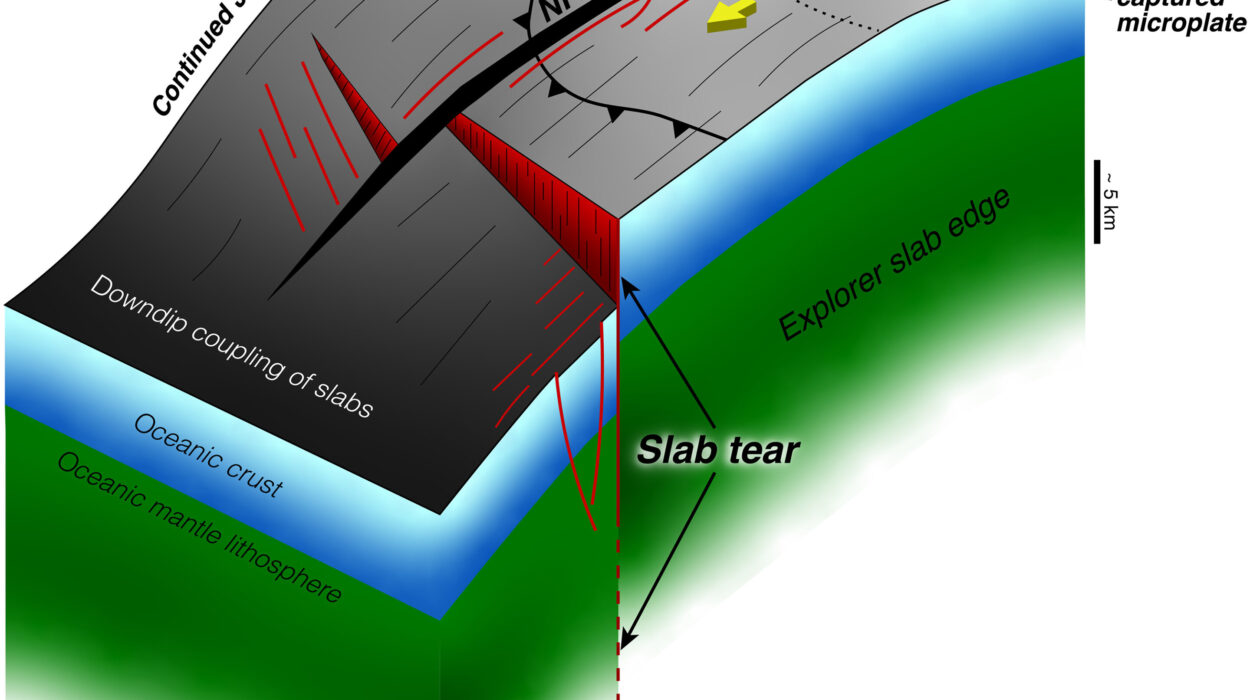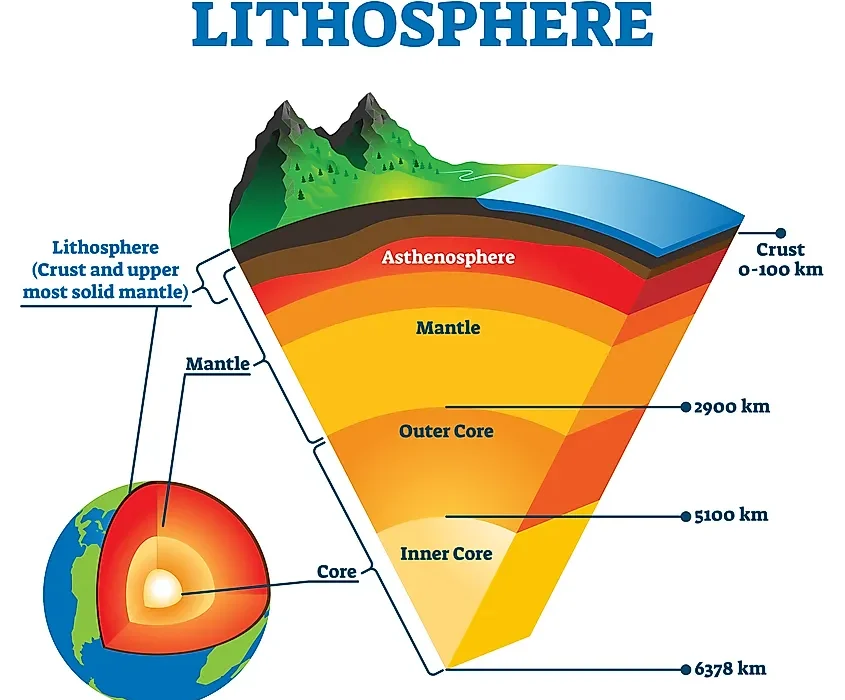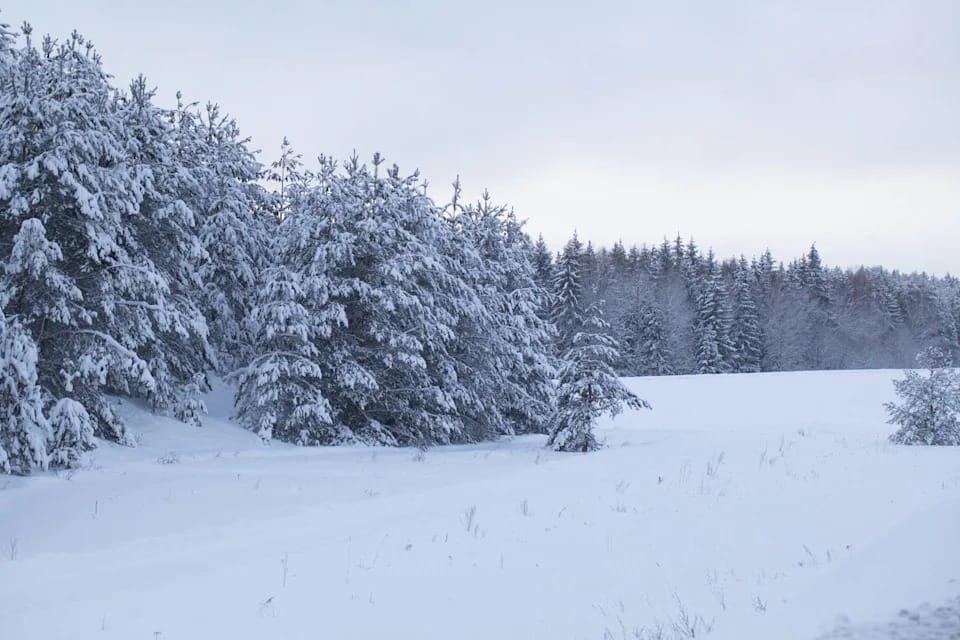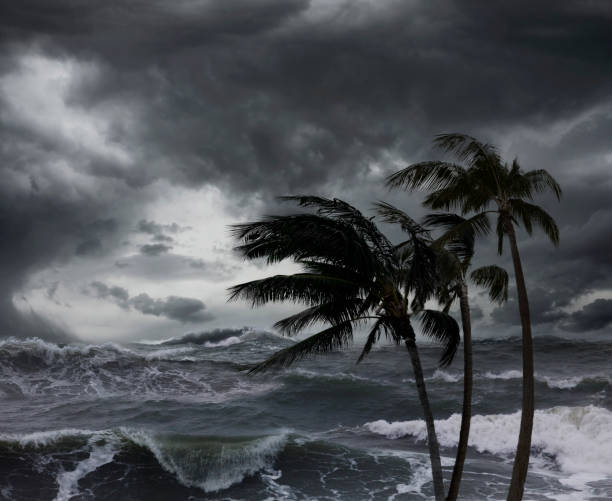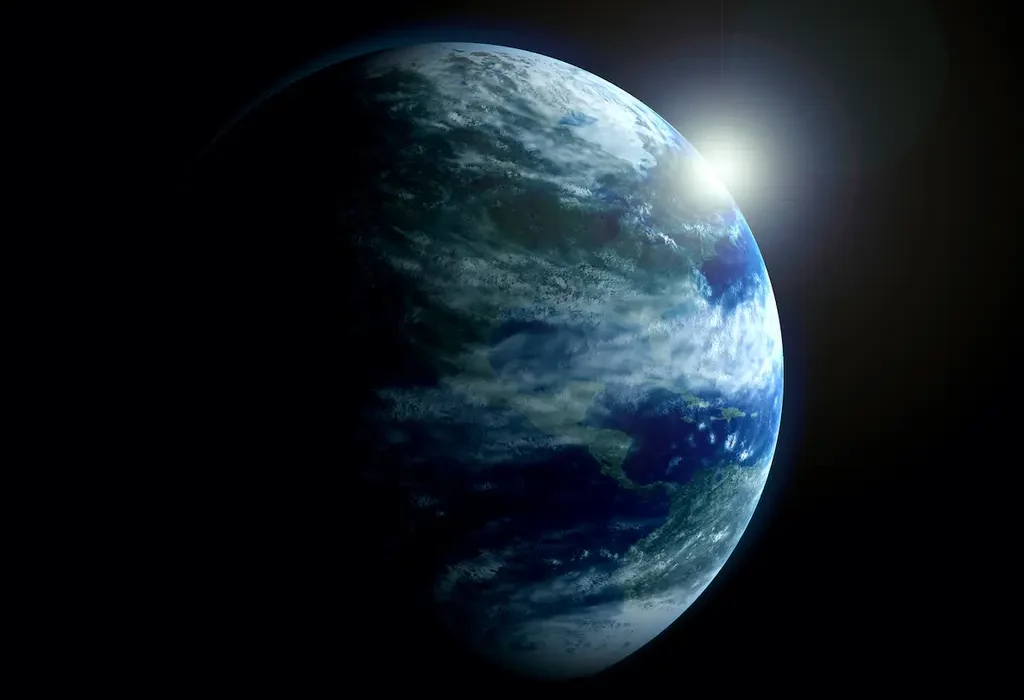Long before forests, mountains, and oceans as we know them existed—long before even the first whispers of life—our planet was a smoldering, chaotic world. More than 2.5 billion years ago, Earth was young, restless, and reshaping itself from the inside out. And now, thanks to groundbreaking research led by geologists from the University of Hong Kong (HKU), we may finally have an answer to one of Earth’s oldest mysteries: how did the first continents form?
In a new study published in Science Advances, researchers from HKU’s Department of Earth and Planetary Sciences have uncovered compelling evidence that Earth’s primordial continents did not form through modern-style plate tectonics, but instead emerged from deep, fiery plumes of molten rock rising from the mantle—a process unlike anything shaping continents today. The findings could rewrite what we thought we knew about the forces that forged our planet’s earliest landmasses.
A Planet Unlike Any Other
Our planet is unique in the solar system. Unlike Mars or Venus, Earth’s surface isn’t just a barren crust—it hosts vast, floating slabs of continental crust, rich in granites and other light-colored rocks that form the continents and support life. But where did these enormous landmasses come from?
For decades, scientists have debated whether ancient Earth operated like modern Earth, where continental crust forms primarily through plate tectonics—subduction, collision, and mountain building. Or did something else entirely shape the early continents?
The new study, led by Drs. Dingyi Zhao and Xiangsong Wang from Professor Guochun Zhao’s Early Earth Research Group at HKU, suggests a radical answer: Earth’s first continents didn’t rise from colliding plates, but were built from the bottom up—by immense heat columns from the planet’s depths.
Tracing Time Through Ancient Rocks
To uncover this story, the team looked not forward, but backward—far, far back. They studied some of the oldest continental rocks on Earth: granitoids called TTGs (short for tonalite–trondhjemite–granodiorite). These ancient rocks are the building blocks of early continental crust and are found across the globe in deeply eroded cratons, the ancient cores of continents.
The researchers focused on TTG samples from northern China’s Eastern Block, dating to about 2.5 billion years ago. Using advanced geochemical techniques, they zoomed in on tiny crystals within the rocks called zircons—tiny time capsules that preserve the conditions under which the rocks formed.
“We used zircon water content and oxygen isotope composition to uncover the environment in which these TTGs formed,” said Dr. Dingyi Zhao, lead author of the study. “And what we found was striking—it didn’t look like a subduction zone at all.”
Instead of forming in the cool, wet environments typical of where tectonic plates collide, these ancient rocks showed signs of dry, high-temperature formation. Their oxygen isotopes revealed they were formed from a mix of molten oceanic basalts and sediments—consistent with plume-related settings, not tectonic boundaries.
The Tale of Two Plumes
So how did these continents actually form?
The researchers propose a two-stage model, where two powerful mantle plumes—vast upwellings of molten rock rising from deep inside the planet—played the central role.
About 2.7 billion years ago, the first plume erupted on the seafloor, piling up thick layers of dark, dense basaltic rock. Then, 200 million years later, another mantle plume arrived. This second plume reheated those basalt piles, partially melting the lower layers. From this molten brew, the lighter TTG rocks formed and floated upward to create continental crust.
This process, known as sagduction, also played a crucial role. As these heavy surface rocks sank slowly into Earth’s hotter layers under their own weight, they melted and reformed—essentially recycling the surface into something new and buoyant enough to rise again as continents.
“These findings suggest a completely different geodynamic regime in early Earth history,” said Dr. Zhao. “It wasn’t the slow grinding of plates against each other, but deep, powerful forces from within Earth’s mantle that forged the continents we now stand on.”
A New Lens for Earth—and Beyond
The researchers compared their TTGs to others formed in well-known tectonic environments. The difference was clear: the TTGs from northern China had far less water than those formed in modern subduction zones, further confirming their non-tectonic origins.
“This work is a great contribution to the study of early Earth geodynamics,” said co-author Professor Fang-Zhen Teng from the University of Washington. “Our uses of zircon water and oxygen isotopes have provided a powerful new window into the formation and evolution of early continental crust.”
Professor Guochun Zhao, senior author of the study, emphasized how this research challenges long-held assumptions. “We’ve shown that not all ancient continental crust formed in the same way. Some of it came from processes that are no longer active on Earth today. That opens up entirely new questions about the evolution of the planet.”
Why It Matters
This isn’t just a story about old rocks. It’s a story about who we are—and how our planet came to be.
Continental crust is more than just land—it’s the stable foundation that supports ecosystems, climate, and human civilization. Without it, there would be no mountains, no rivers, no soil, no life as we know it. Understanding how it formed means understanding the earliest stages of Earth’s journey toward habitability.
And it’s not just about Earth. The study also has implications for planetary science. If mantle plumes were essential in forming continents on Earth, could similar processes happen—or have happened—on other planets? Might ancient Martian crust, or the interior of Venus, hold clues to parallel geologic histories?
These questions are just beginning to unfold. But one thing is clear: in the slow, swirling heat beneath Earth’s surface, a force once rose that shaped the world. Not through collision, but through fire. Not by chance, but by the deep architecture of the planet itself.
And thanks to scientists peeling back time, we’re finally beginning to see it.
Reference: Dingyi Zhao et al, A two-stage mantle plume-sagduction origin of Archean continental crust revealed by water and oxygen isotopes of TTGs, Science Advances (2025). DOI: 10.1126/sciadv.adr9513
